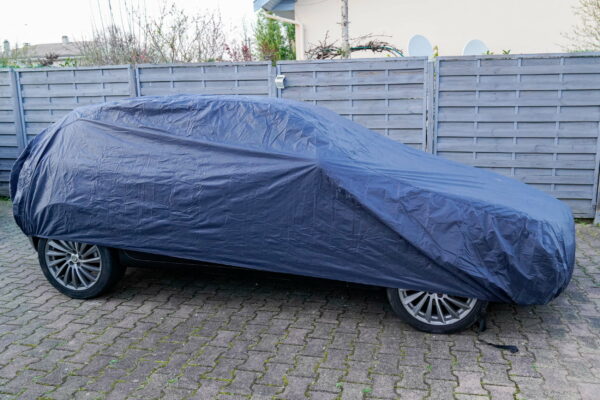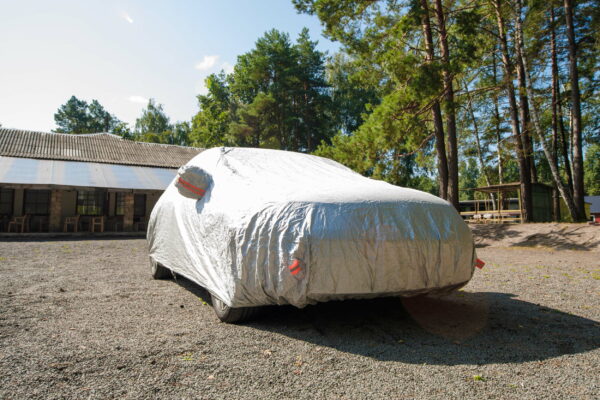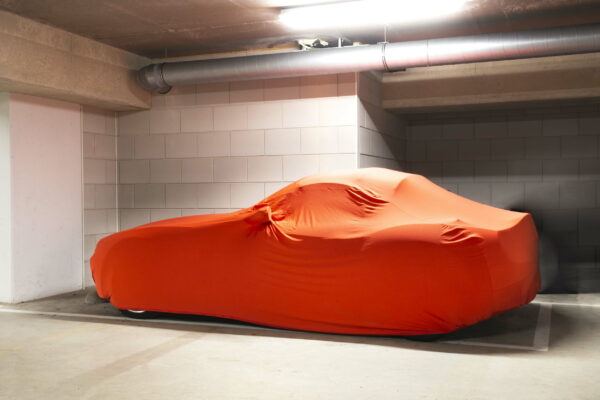Should you purchase a car or motorbike cover, and does it protect your investment?
A vehicle cover is a substitute for a garage if the vehicle is outside, or it’s a protection from dust if it’s parked inside.
A good vehicle cover can extend its life by reducing the amount of degradation experienced on the outside and inside of the car due to these eight factors:
- Bird droppings: they’re acidic, full of abrasive granules and unsightly – keeping them off your paintwork is a bonus
- Cat damage: cats’ claws can leave scratch marks where they jump up on the bonnet to take advantage of the engine’s heat
- Sun: it fades and degrades your paint, plastics and interior, and on a motorbike, the seating material.
- Frost: icy windows are time-consuming to clear. You won’t get an icy window with a good quality cover (note that poor quality covers can trap condensation)
- Rain: rain makes your car dusty because each droplet contains at least some dust – it’s how the droplet forms in the first place.
- Hail: hailstones the size of oranges would still cause damage, but any cover is better than no cover at all
- Wind: wind-blown debris hitting the vehicle can cause minor scratches, but a car cover would give some level of protection
- Grime, soot and dirt: airborne pollutants can settle on the vehicle, making it dirty.
Indoor vs outdoor car covers
An outdoor cover will be more robust to stop it blowing away in the wind. It might have features to help prevent it getting stolen, such as a way to secure it to the car with a lock. A good quality outdoor cover will be breathable but waterproof (non-breathable covers cause condensation), and will have reinforcements around the straps or eyelets.
An indoor cover is more for dust protection and may not be totally weatherproof.
You can use an outdoor cover indoors, but not vice versa.




What are the downsides of a car or motorbike cover?
Inconvenience
If you’re using it every day, it’s a hassle because it’s time-consuming to put it on and take it off. Vehicle covers are better for longer term protection where you might use the vehicle a couple of times a month.
Dirt and wet
The covers get dirty which can scratch your paintwork. If it’s wet, too, then you’re likely to get dirty taking it off. Throw some wind into the equation and it can become a handful.
Condensation and mould
Poor quality covers can trap condensation which then becomes mouldy over time.
Storage
Often, the point of a vehicle cover is to substitute for a garage, but where do you put the cover when you take it off? Does it come with a storage bag? What if it’s wet. If you put it in the boot, it’s taking up room, but if you have to take it indoors, that’s just another inconvenience.
Theft
The covers are difficult to secure and can be stolen unless you have a cable lock (which are easy to cut or cut around), however, they may help stop people randomly targeting your car for a break-in as it’s more hassle for them to remove it.
